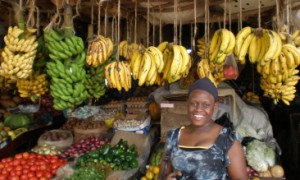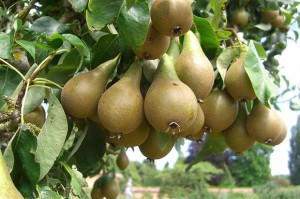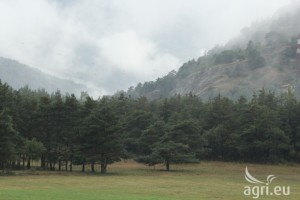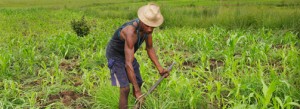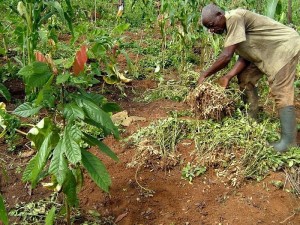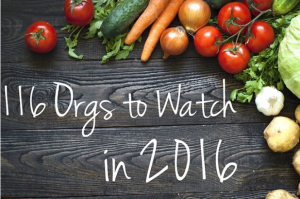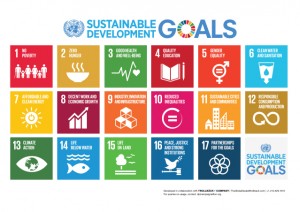 Skimming the eye across the colourful chart of the Sustainable Development Goals (SDGs), it is easy to spot a couple which are intrinsically and directly linked to agriculture, but a closer look reveals that they are in fact all linked to agriculture. A healthy global agricultural sector underpins and supports so many aims of the SDGs that its development will be important for their overall success. As sustainable agriculture is essential for sustainable food systems and livelihoods, here is a breakdown of how agriculture, farming and nutrition fit into the SDG goals:
Skimming the eye across the colourful chart of the Sustainable Development Goals (SDGs), it is easy to spot a couple which are intrinsically and directly linked to agriculture, but a closer look reveals that they are in fact all linked to agriculture. A healthy global agricultural sector underpins and supports so many aims of the SDGs that its development will be important for their overall success. As sustainable agriculture is essential for sustainable food systems and livelihoods, here is a breakdown of how agriculture, farming and nutrition fit into the SDG goals:
- No poverty
- Zero hunger
- Good health and wellbeing
- Quality education
- Gender equality
- Clean water and sanitation
- Affordable and clean energy
- Decent work and economic growth
- Industry innovation and infrustructure
- Reduced inequalities
- Sustainable cities and communities
- Responsible consumption and production
- Climate action
- Life below water
- Life on land
- Peace and justice
- Partnership for the goals


